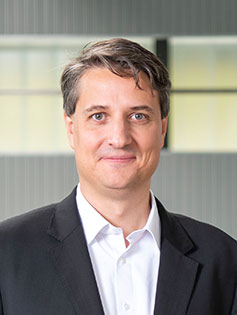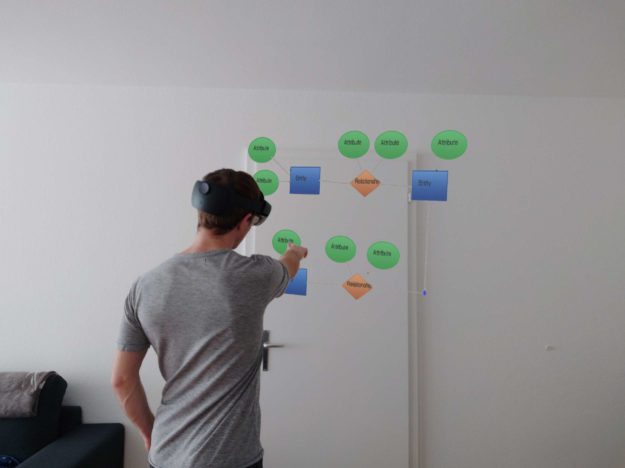Hans-Georg Fill is Full Professor for Digitalization and Information Systems in the Department of Informatics of the University of Fribourg. He joined the Smart Living Lab in July 2022 and coordinates the activities of the research groups of the University of Fribourg in the Smart Living Lab.
You are joining the Smart Living Lab, a research center for the future of the built environment. What are your expectations?
The Smart Living Lab is a unique opportunity for conducting research on some of the most important challenges that society is facing today, including sustainability, digitalization, and well-being. The projects that have been conducted in the SLL in the past, already showed how fruitful the collaborations between the different research groups were. I am thus looking forward to inspiring inter-disciplinary exchanges and the collaboration on research projects at the interface of the built environment and digitalization.
What does your academic experience look like? And what will your work focus on over the coming years?
In my academic career I have always pursued an inter-disciplinary view, specializing in the field of business informatics. Business informatics aims at the design and development of innovative information systems for companies, public administration and individuals. Thereby one needs to understand the procedures and requirements of the involved stakeholders and how to translate them into new IT-based solutions. I have studied and worked in several countries. After the completion of my PhD and habilitation in business informatics at the University of Vienna, Austria, I held professor positions at the University of Vienna and the University of Bamberg, Germany and regularly taught at the Ecole Nationale Supérieure de Mines at St. Etienne, France before I moved to Fribourg in 2018. During my time as postdoc I obtained funding for conducting research projects at Stanford University, including an Erwin-Schrödinger fellowship.
The built environment is a fascinating environment due to its tangibility and the physical interaction with research objects - which we often miss in computer science due to the focus on software.
My current research focuses on the development of new types of visual modeling methods and languages for eliciting requirements and transforming them into digital solutions – we call this “metamodeling”. This involves for example the development of new visual languages for designing and analyzing blockchain-based applications, where I received an SNF grant in 2020. Further, I am interested in the combination of visual models and augmented reality technologies for anchoring models in the physical world, e.g. for smart operating instructions of complex machinery or the knowledge-based guidance of users in physical spaces. I also investigate the use of visual modeling languages for citizen development and low-code approaches, where non-technical users are empowered to create software applications.
What inspires you about the built environment and its research schemes?
The built environment is a fascinating environment due to its tangibility and the physical interaction with research objects – which we often miss in computer science due to the focus on software. After all, the physical and the digital world converge more and more and it becomes increasingly important to address this in research on digitalization. Thus, I am very excited to build relationships and research collaborations with the colleagues at the Smart Living Lab who work in the built environment and look forward to inspiring and impactful inter-disciplinary exchanges.
How do you balance your teaching responsibilities with your research projects?
At the university we have the responsibility to conduct both high-quality research as well as educate students on the highest level and prepare them for their future working life. To a certain extent, both activities are inter-twined. As I am favoring a research-guided teaching, I always aim for integrating the most recent research results in my teaching materials and involve students early in our research projects to make them familiar with current research questions and topics, e.g. for their bachelor and master theses. On the other hand, I profit from the curiousness of my students who challenge me by critically reflecting on the taught subjects. In this way I strive for a mutual benefit between research and teaching.
What do you like to do in your spare time?
As my spare time during the week is very limited, the weekends are almost entirely devoted to my family. Since my wife also pursues a career, we both aim to spend as much time as possible with our 2-year old son. We then like to go hiking and enjoy very much cooking and drinking good wine together.
Contact

Hans-Georg Fill
-interactions and design processes
-modeling, simulations and algorithms
